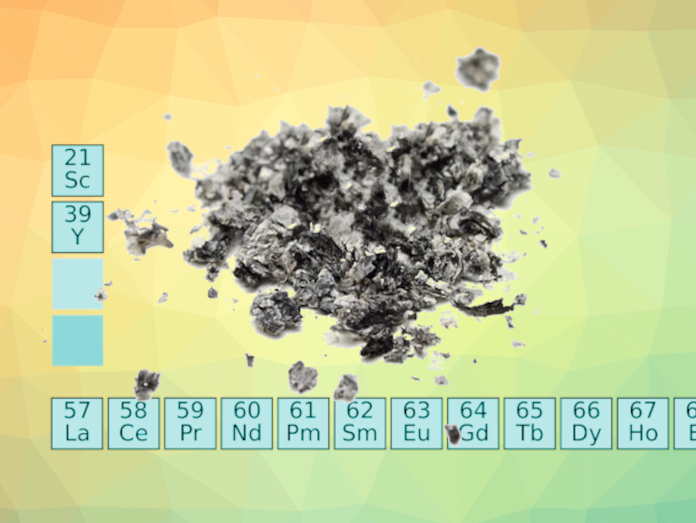Rare-earth elements are not as scarce as their name implies, but major reserves are often either in politically sensitive locations or are widely dispersed, which makes mining rare earths challenging. Extracting rare earths from other resources, such as coal fly ash, which is a byproduct of coal-fired power plants, could be a useful alternative. However, known methods to extract rare earths from coal fly ash are hazardous and require several purification steps to get a usable product.
Ionic liquids could provide an environmentally benign and reusable approach for such extraction processes. Betainium bis(trifluoromethylsulfonyl)imide, [Hbet][Tf2N], for example, selectively dissolves rare-earth oxides over other metal oxides. Ching-Hua Huang, Georgia Institute of Technology, Atlanta, USA, and colleagues have used [Hbet][Tf2N] to efficiently extract rare-earth elements from different types of coal fly ash. The team pretreated coal fly ash with an alkaline solution and dried it. Then, they heated the ash in water with [Hbet][Tf2N], creating a single phase. When cooled, the water and ionic-liquid phases separated. Finally, rare-earth elements were stripped from the ionic liquid with dilute acid.
The ionic liquid extracted more than 77 % of the rare-earth elements from fresh material, and it extracted an even higher percentage (97 %) from weathered ash that had spent years in a storage pond. The researchers found that adding betaine during the leaching step improved the separation. The team tested the ionic liquid’s reusability by rinsing it with cold water to remove excess acid and found no change in its extraction efficiency after three leaching/cleaning cycles. According to the researchers, this low-waste approach produces a solution rich in rare-earth elements with limited impurities, and it could be used to recover useful materials from the abundance of coal fly ash held in storage ponds.
- Preferential Recovery of Rare-Earth Elements from Coal Fly Ash Using a Recyclable Ionic Liquid,
Laura Stoy, Victoria Diaz, Ching-Hua Huang,
Environ. Sci. Technol. 2021.
https://doi.org/10.1021/acs.est.1c00630


